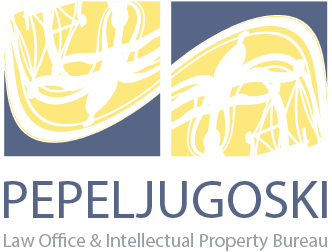On February 14, 2022, the State Office of Industrial Property (SOIP) published the Practice Document, which is a result of the joint efforts of the SOIP and the European Union Intellectual Property Office (EUIPO), as part of the activities within the framework of international cooperation. The purpose of this document is to increase consistency, transparency, legal certainty and predictability in the interest of both users and examiners.
Namely, on the basis of this document, it is determined when a figurative mark containing purely descriptive/non-distinctive words meets the conditions for recognition (passes absolute grounds examination), when examining the absolute reasons for rejecting the trademark registration application, because the figurative element renders sufficient distinctive character.
For example, figurative elements that are commonly used or customary in trade in relation to the goods and/or services claimed do not add distinctive character to the mark as a whole.
According to the newly established practice, descriptive (non-distinctive) verbal elements that appear in basic, standard fonts, letters or handwritten fonts – with or without effect (bold, italic) are not registered as trademarks.
If standard fonts include graphic design elements as part of the letters, those elements should be striking enough in relation to the trademark as a whole to make it distinctive.
In this regard, such elements will be sufficient for the sign to be able to be registered as a trademark when they will leave a strong impression on the consumer about the sign, i.e. they will distract him from the descriptive meaning of the verbal element.
When a figurative element which is distinctive on its own is added to a descriptive and/or non-distinctive verbal element, then the trademark is registrable, provided that said figurative element is, due to its size and position, clearly recognizable in the sign.
Additionally, adding a colour to a descriptive (non-distinctive) verbal element, to letters or as a background, is not enough for a sign to become distinctive and to be registered as a trademark, except when a particular colour scheme is unusual and can easily to be remembered by the average consumer.
This document will apply from March 14, 2022.

